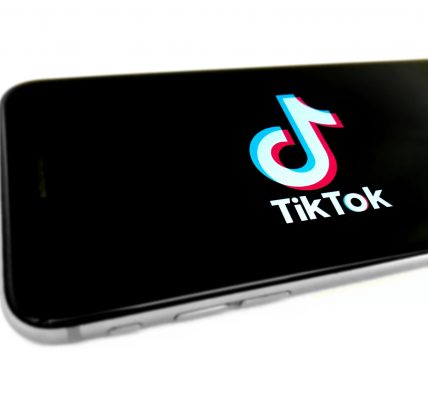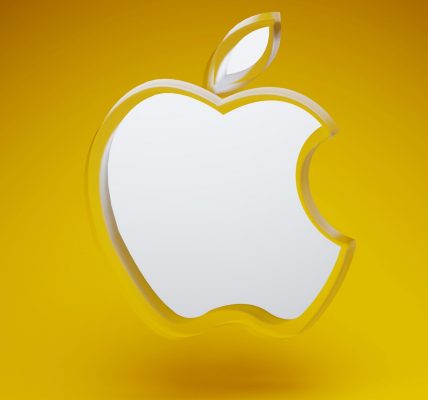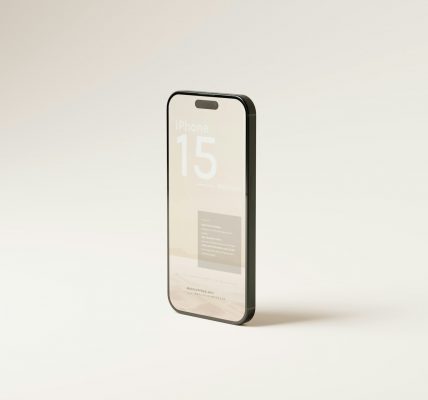On Friday, Apple’s Vision Pro will be available in Germany, bringing augmented reality to a new level. But is the nearly 4000-euro headset truly the future of digital reality? A test reveals the game-changing features it offers.
It has taken a while, but it’s finally here: Apple’s foray into augmented reality, affectionately called “spatial computing” by the iPhone company. The high-tech headset named Vision Pro is designed to integrate digital content into real environments and establish a new computing platform. So, what can this device, which will be available in Germany on Friday, do for nearly 4000 euros?
Externally, the Vision Pro resembles a pair of ski goggles with an aluminum frame. The front is covered by a display that can, indeed, show the eyes of the person wearing the headset.
The battery is housed in a luxury version of an external power pack with an aluminum casing. This design reduces weight on the head and allows the Vision Pro to be worn for extended periods.
Technically speaking, the Vision Pro could be called a VR headset: like other virtual reality devices, it features displays instead of transparent lenses.
However, the Vision Pro is specifically designed to overlay digital objects in the real world. This means it offers augmented reality (AR) capabilities along with the possibility of virtual reality (VR).
Vision Pro: More Pixels Than a 4K TV
Once worn and activated, you see the room around you with app icons floating in the air at a distance. The Vision Pro has multiple cameras to capture the surroundings, recognize movements, and track the position of arms, hands, and fingers.
This image is then projected onto the screens in front of your eyes. Each display boasts more pixels than a 4K television, resulting in a crystal-clear picture without the “screen door” effect seen in some other headsets.
You can also transport yourself to entirely different locations—such as a lake or the moon—seamlessly by turning the digital crown, similar to the one found on the Apple Watch or AirPods Max headphones.




